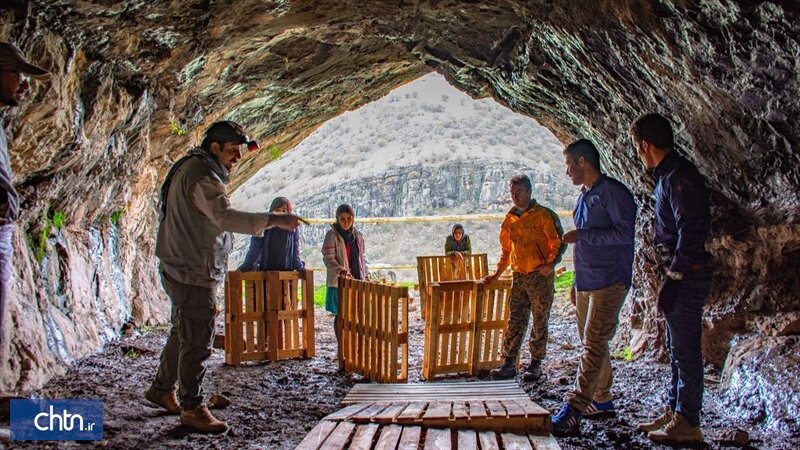Iranian cave estimated to date over 63,000 years

TEHRAN – Nearly one decade of archaeological surveys at Kaldar cave has concluded that parts of this western Iranian shelter date more than 63,000 years.
“After a decade of studying the cultural evidence yielded from the three seasons of archeological excavations at Kaldar Cave, the recent results show that a Paleolithic layer in the middle of this the cave is more than 63,000 years old,” CHTN quoted Iranian archaeologist Behrouz Bazgir as saying on Sunday.
Kaldar is a key archaeological site that provides evidence of the Middle to Upper Paleolithic transition in Iran. The cave is situated in the northern Khorramabad valley of Lorestan province and at an elevation of 1,290 m above sea level. It measures 16 meters long, 17 meters wide, and seven meters high.
Last year, in one of the significant archaeological finds of Iranian history, the cave yielded fresh evidence for its Paleolithic residents; including traditions of making [stone] tools related to Middle Paleolithic and Upper Paleolithic eras.
Excavations at the site in 2014–2015 led to the discovery of cultural remains generally associated with anatomically modern humans (AMHs) and evidence of a probable Neanderthal-made industry in the basal layers. It also offers an opportunity to study the technological differences between the Mousterian and the first Upper Paleolithic technologies as well as the human behavior in the region.
Last year, archaeologists excavated stone tools and a fragment of a fossilized skull, attributed to Homo sapiens. The cave has also yielded weapon fragments crafted by Neanderthals.
In taxonomy, Homo sapiens is the only extant human species. The name is Latin for “wise man” and was introduced in 1758 by Carl Linnaeus (who is himself also the type specimen). Neanderthals are an extinct species or subspecies of archaic humans in the genus Homo, who lived within Eurasia from circa 400,000 until 40,000 years ago.
AFM/MG
Leave a Comment